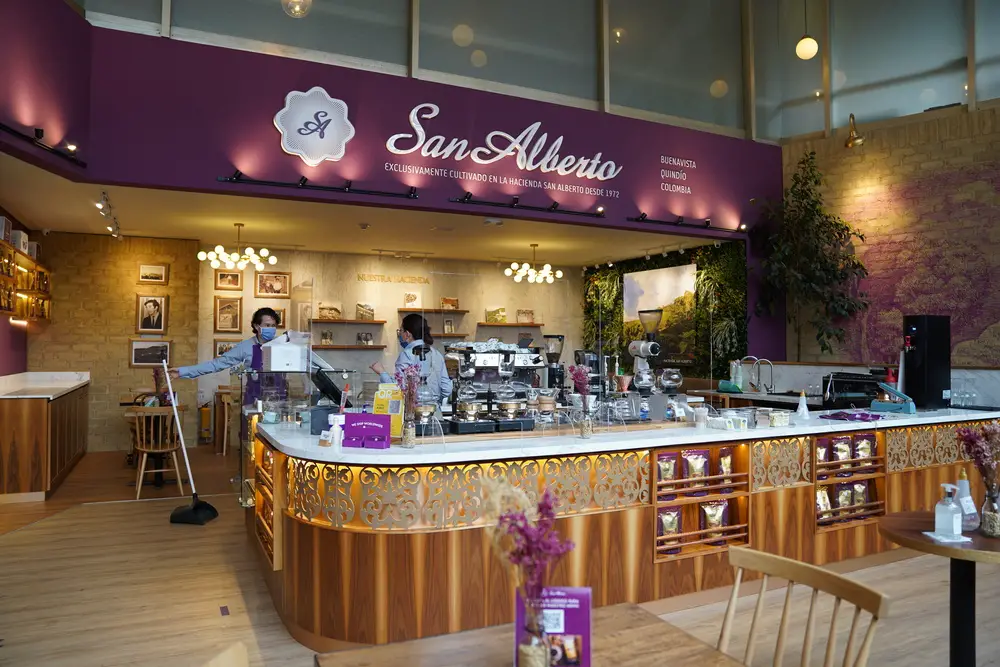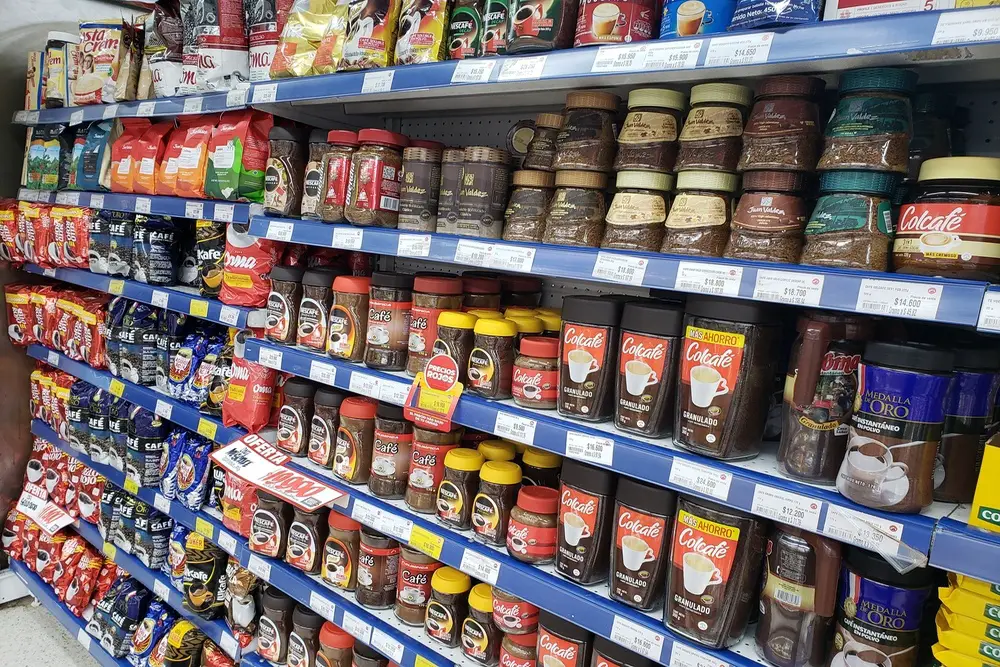Cafes are extremely popular meeting places around the world. Around the world, hundreds of millions of coffee drinkers gather in coffee shops to sip a cup of this invigorating beverage. Contacts are made, politics are discussed, games are played and music is heard.
From their earliest days, cafés have served as public forums and left a lasting mark on history.
Table of Contents
The first coffee houses
There are two versions of the location of the first coffee house in history. One of them says that the world’s first coffee house opened in Mecca, the birthplace of the Prophet Mohammed and Islam’s holiest city. The city’s first coffeehouses date back to 1511 and helped spread cultural and intellectual ideas in the region.
A branch of Islam known as Sufism has even made coffee an integral part of its religion.
Other sources indicate that coffee houses could be found throughout the metropolitan city of Constantinople (now Istanbul). Coffee was a highly valued beverage in Turkish culture and gradually found its way to Europe.
The coffee houses in Europe
There are also numerous studies about the first European coffee house. One version says that the first coffee house in Europe opened in Venice in 1683. The Caffè Florian at St. Mark’s Square, which still exists today.
The other version says that at the beginning of the 16th century the Turkish army entered Vienna. Since coffee was an integral part of Turkish culture, soldiers took it with them on their military campaigns and when they left the city, they left a lot of coffee behind. Franz Georg Kolschitzky claimed this coffee as “spoils of war” and decided to open a coffee house.
The Viennese quickly established several coffee traditions, from which the Viennese coffee house culture, which is famous today, emerged.
Viennese coffee houses were known for having extensive facilities for entertaining their guests, which often included card games, pool tables and daily newspapers.
Historically, the city’s cafes have been popular meeting places where subjects ranging from politics and poetry to art and music have been discussed. Many even claim that without the Viennese coffeehouse culture, some well-known figures such as Sigmund Freud and Leon Trotsky would never have gotten past their beginnings. (Whether these two were geniuses is entirely in the eye of the beholder)
In London, for example, coffee houses became known as “penny universities ” because people from all walks of life met there to discuss news and ideas. Even today, coffee houses are popular meeting places for friends and even strangers.
Coffeehouses across Europe became places where men could share complex, often radical, ideas. It was this open-minded culture that initiated the Enlightenment.
British coffee houses
The first coffee house in England opened in Oxford in 1652. It was common for Londoners to visit a coffee house at least once a day to catch up on the latest political events, news or market information. The social atmosphere favored discussions.
So much time was spent in British coffee houses that some men even had their mail delivered there.
American coffee houses
When the British and other Europeans came to America, the coffeehouse was also introduced. The format followed the example of their predecessors, and the coffee houses were seen as a meeting place for business talks. The first coffee house opened in Boston in 1676. Dubbed the “Green Dragon,” it quickly became a popular meeting place for revolutionaries like Samuel Adams.
In New York, the Tontine Coffee House was such a popular meeting place that it became the Exchange’s headquarters.
The first real coffee boom in America came during the Revolutionary War, when soldiers used coffeehouses as places to socialize and plan the revolution.
The first coffee roastery in New York opened in 1793, but daily coffee consumption was still only available to the wealthy. It wasn’t until 1882 that regulators created norms to regulate the quality and price of coffee.
This made coffee more affordable for the average American.
In 1843, the first Greek café opened in New York City. This started the trend for immigrants to open coffee houses that served as cultural centers for their communities.
Modern coffee houses
At the beginning of the 21st century, coffee shops began to appear on every street corner . This was partly due to the popularity of coffeehouse chains like Starbucks, which brought the coffeehouse experience to a wider audience.
Alcohol is also served in many cafes. One reason is that it can contribute to a relaxed and social atmosphere, which can have a positive impact on business. Alcohol can also be used as a promotional tool and help attract customers.
Coffeeshops continue to be a place where people connect and feed each other ideas. One difference is that the introduction of free Wi-Fi allows cafe customers to connect virtually with the world.
Today, coffee shops come in all shapes and sizes. From small independent coffee shops to large corporate chains, there is a coffee shop for everyone.
Different types of coffee houses
There are many different types of cafes these days, each with their own unique vibe. Below are some of the most popular types of cafes.
Traditional coffee house
These cafes are mostly family owned and have a cosy, old-fashioned vibe. They usually serve simple coffee drinks made from fresh, quality ingredients.
Coffee chains
These coffee shops are part of a larger chain and can be found in cities around the world. They usually offer a wide range of coffee drinks and various snacks.
Specialized coffee houses
These coffee shops mainly offer coffee specialties made from high-quality ingredients. They usually have trained baristas who can prepare complex espresso-based drinks.
Artisan coffee house
These coffeeshops focus on artisan roasting of coffee in small batches. They often have experienced baristas who can guide you through their unique offering.
Company cafe
These coffee shops are usually part of a large chain, such as e.g. Starbucks. They offer a wide range of hot and cold coffee drinks as well as various snacks.
Coffee culture
We know that coffeehouses grew in importance in Europe in the late 17th century for their social importance and for their convenience. While the restaurants specialized in food, the coffee houses reduced their offer to coffee.
This made them particularly accessible to the working class, for whom the facilities served as a haven to cultivate community and encourage the exchange of ideas and philosophy.
Coffeehouses were a popular meeting place for those interested in politics, especially those who did not have the opportunity to air their concerns elsewhere.
With this reasoning, the coffeehouses were presented as symbols of equality and justice, which brought them the attention and eventually the anger of King Charles II. He described the establishment as a place where the disaffected met and spread scandalous reports of the behavior of His Majesty and his ministers. He wanted to discourage people from visiting the coffee houses.
Over time, coffee houses have specialized in attracting a specific audience based on the type of coffee on offer.
This means that the entire business model has shifted from community-based to commodity-based, which has helped revitalize the coffee industry as a whole.
Conclusion
In most coffee shops today, you can still find the old tradition of friends or colleagues meeting to talk about work, politics or the latest news. People feel more relaxed and open in a café than in other public places when it comes to discussing sensitive topics such as politics or something very personal.
Also, they often stay open late, so you can meet up after work or school to discuss the day’s events. Also, many cafes now offer free Wi-Fi, making them even more attractive as a meeting place for people wanting to discuss politics online.
Coffeeshops offer a unique experience not found anywhere else and are the perfect place to relax, enjoy a good cup of coffee and take a break from the hustle and bustle of everyday life.



